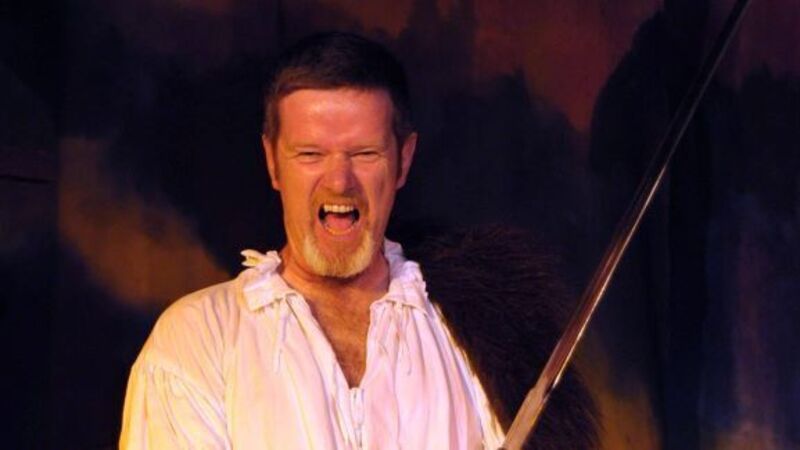Aidan Dooley's long march to Leitrim

The Galway-born UK-based writer and actor is returning to Cork’s Everyman Theatre with the epic story of Donal Cam O’Sullivan Beara, the last rebel left standing against the British crown after the Battle of Kinsale in 1601.
Dooley, who first performed the show at the Gougane Barra Hotel in 2010 and brought it to the Everyman Theatre in 2011, hopes that when his revised show opens on September 11, it will have the magic ingredient that turned his Tom Crean story into such a success.











